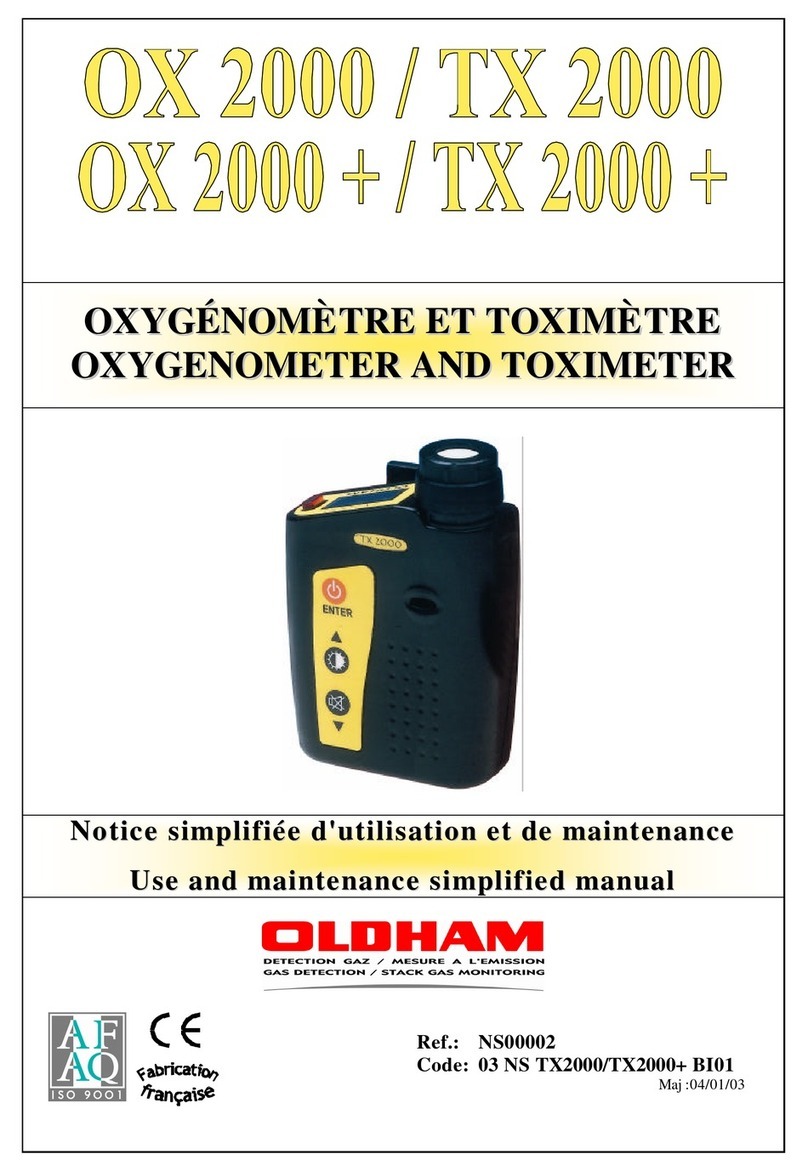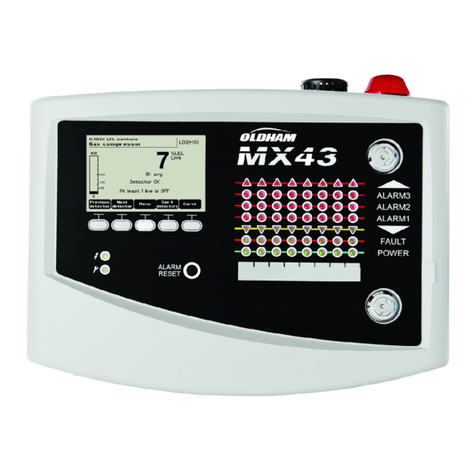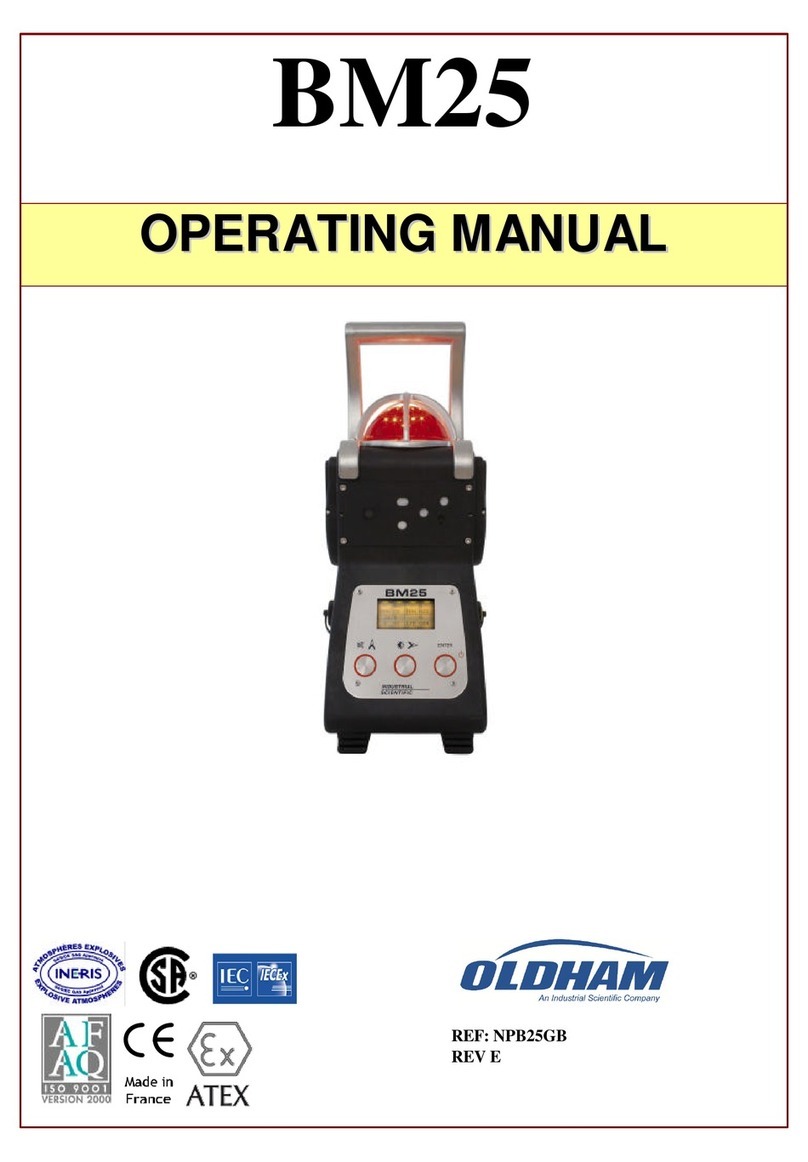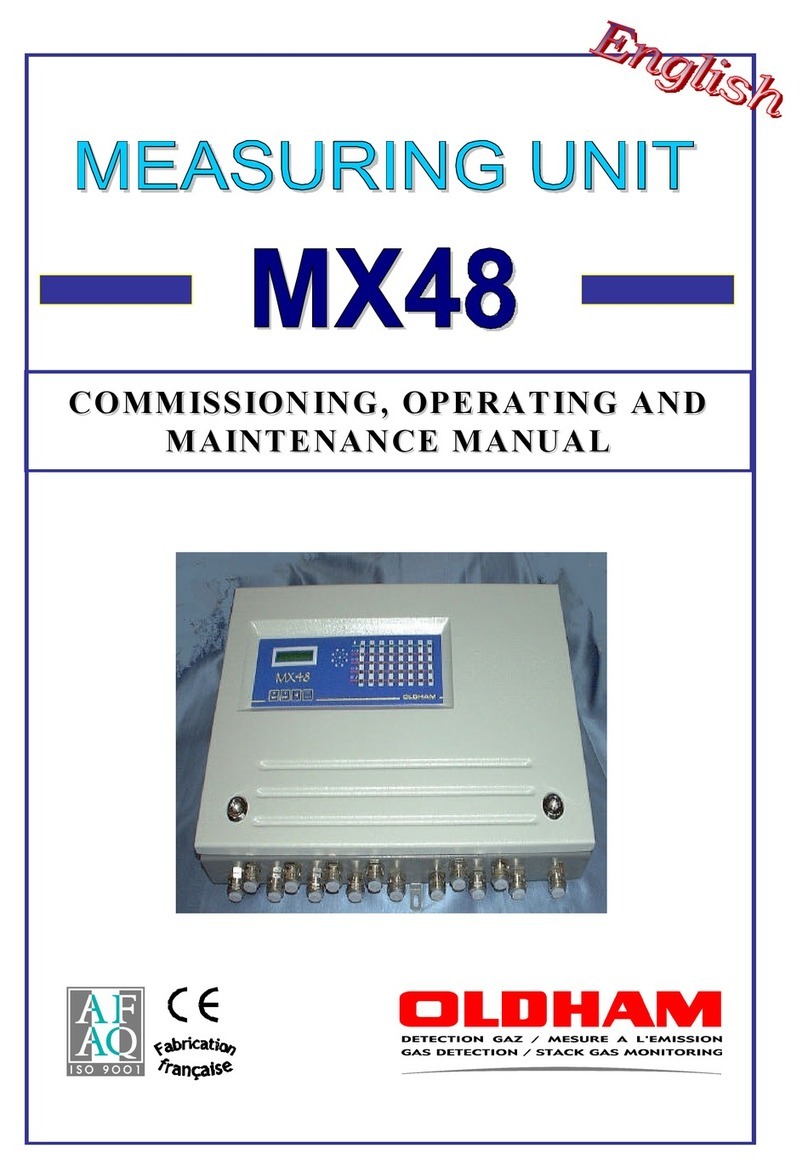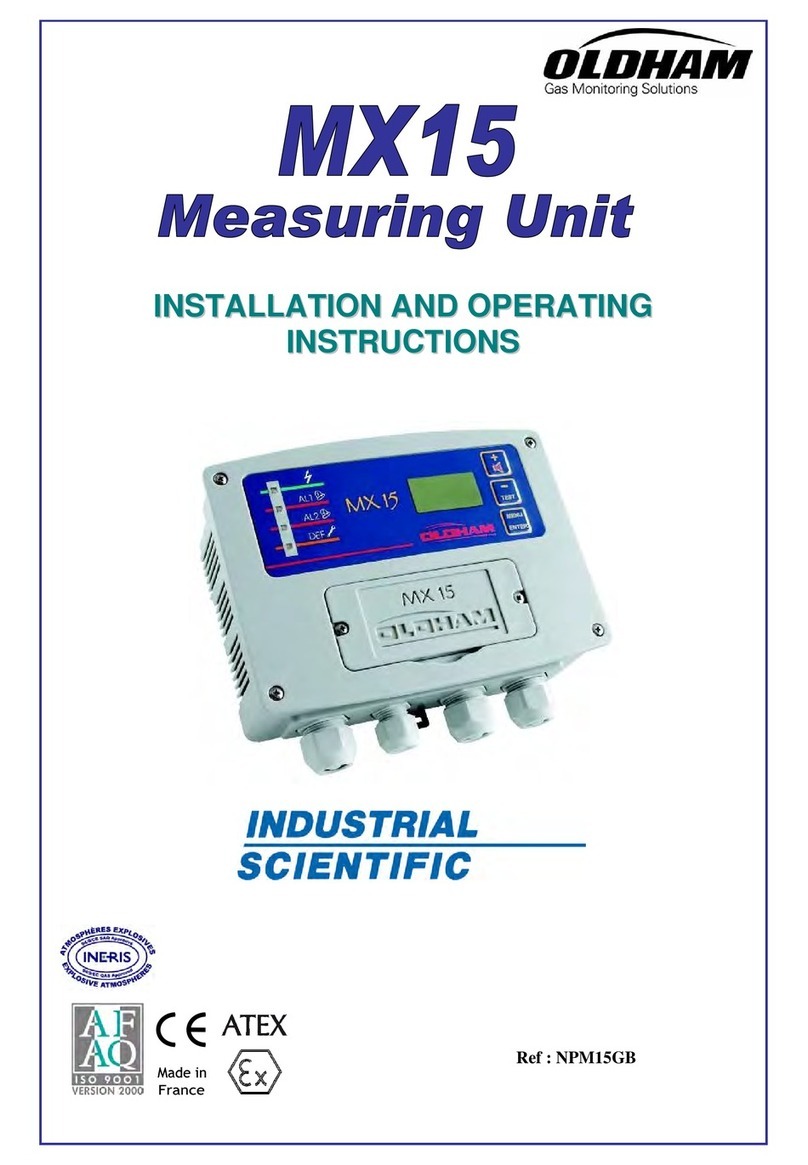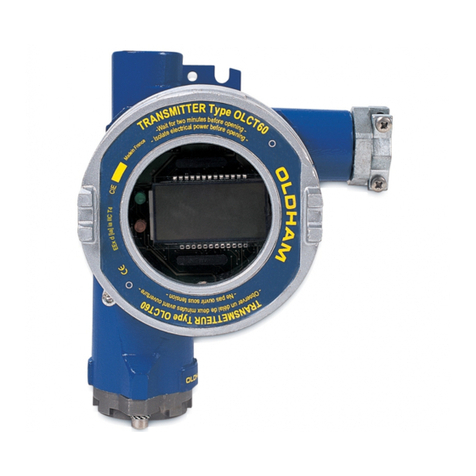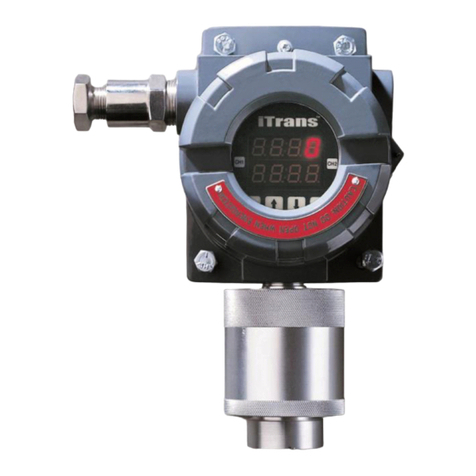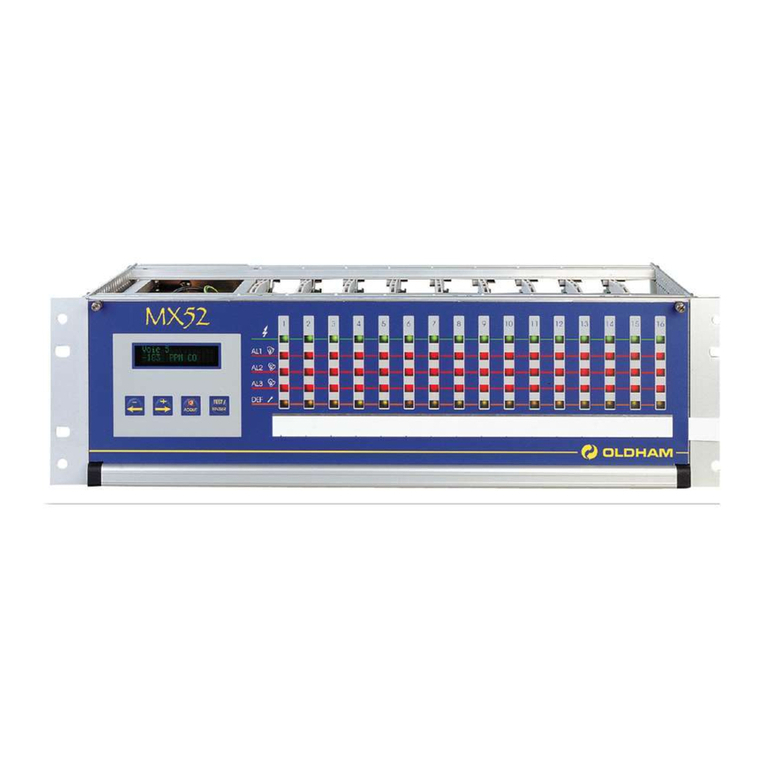
Contents
Chapter 1 | Overview............................................................11
Overview of the Gas Monitor .................................................. 11
Specifications .......................................................................................... 12
Agency Approvals - CSA......................................................................... 14
Chapter 2 | Hardware Overview...........................................15
Main Electronics Unit (Housing).............................................................. 15
Sensor ..................................................................................................... 16
Display..................................................................................................... 16
Inputs –Intrusive and Non-Intrusive........................................................ 17
Electronics Modules ................................................................................ 18
Chapter 3 | Installation.........................................................21
Introduction.............................................................................................. 21
Installation Considerations ...................................................................... 21
Wall Mounting.......................................................................................... 21
Column Mounting .................................................................................... 21
Chapter 4 | System Wiring...................................................23
Introduction.............................................................................................. 23
Wiring Preparation................................................................................... 23
Alarm Relay Wiring (J1, J5, and J6)........................................................ 24
Power and Output Wiring (J1)................................................................. 25
Sensor Wiring (J3)................................................................................... 26
Digital ModBus RTU Interface Wiring (J1) .............................................. 32
Wiring Conclusion.................................................................................... 36
Chapter 5 | Operation...........................................................37
Initial Start-up .......................................................................................... 37
Warm-up Period ...................................................................................... 37
Normal Operating Mode.......................................................................... 37
Programming Mode Overview................................................................. 39
Programming Mode –Non-intrusive Operation....................................... 40
Programming Mode –Push Button Operation ........................................ 44
Chapter 6 | Modbus Interface.............................................. 53
Introduction.............................................................................................. 53
